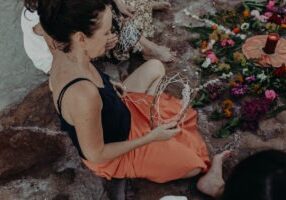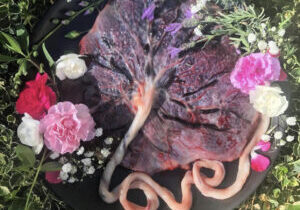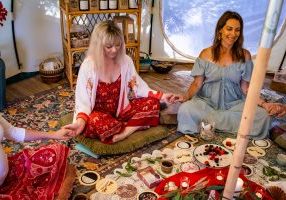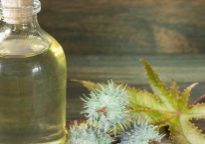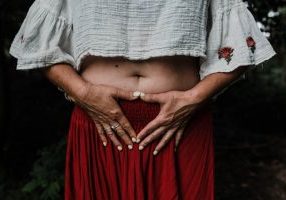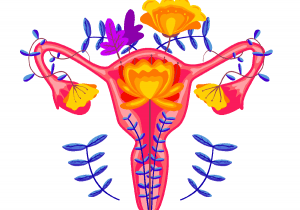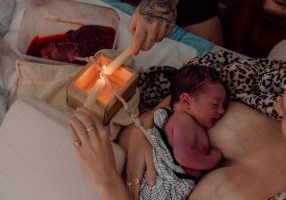Should I eat my Placenta?
October 31, 2023
The placenta has long been thought of as a magical part of the creation of a baby.
This incredible organ is uniquely designed for your baby and is an integral part of your pregnancy and birth - and have you ever checked one out? They are just amazing, a real work of art!
The placenta physically connects you to your unborn baby, feeding essential oxygen, nutrients and vitamins.
Placenta encapsulation has been gaining popularity over recent years. But it's not the only thing you can do with your placenta! Let's look at some of the ways you can honour this nourishing organ after birth.
Placenta Encapsulation
Interesting fact, almost every animal which produces a placenta, eats it after birth, there are only a few exceptions to this rule.
When the mammalian placenta is consumed, it is suggested that it helps to make up for postpartum blood loss by giving the new mother essential fats, proteins, iron and essential hormones to heal wounds and aid the body in self-recovery after birth.
Consuming the placenta in raw smoothies, or in capsules is thought to nourish the mother, replacing lost essential nutrients and hormones following birth and may entirely prevent the baby blues and post-natal depression.
Over many years of supporting women postpartum, so many who have ingested their placenta rave about the benefits!
You can find someone trained to encapsulate your placenta for you, or you can also do it yourself with instruction and the right equipment. Some women have been known to consume some of their placenta in a smoothie, or even cook it up in a stew!
If you're in the Wollongong Region and you'd like to find out about having your placenta encapsulated, find our about our packages here.

Placenta Birthing Ceremony
Minmia, an Elder Woman, Wirradjirri, Law-woman, Wirrloo (a powerful woman healer, a teacher of the lore/law), and author of the book Under the Quandong Tree, shared with my dear teacher, Jane Hardwicke Collings some 'teachings of the land' on the spiritual role of the umbilical cord, and placenta for the baby’s well-being.
The placenta holds, on the side that is connected to the mother, the baby’s Miwi print (the baby’s life journey map, their soul’s destiny this lifetime).
After birth, with the cord still pulsing, as the baby takes its first breath, information is transferred to the baby from the placenta via the cord, on how to follow the map, their Miwi print.
Later, the placenta and cord are buried in the earth, so the baby’s Miwi print goes into Nungeena-tya (Mother Earth), where the Miwi print lies until Mother Earth receives the child first ‘seed’.
For girls, this is their first blood at Menarche, and for boys this is their sperm from their first wet dream at puberty.
As the child's seed hits the Earth, it is recognized instantly almost as if it enters a computer data system. Mother Earth then locates the child's placenta, and locks in the seed, which acts to ground and guide the child throughout their journey in this physical life.
The Birthing Ceremony is what she calls this process, and is accompanied by the planting of a specifically chosen tree.
You can read the full article of Minmia's sharing with Jane here.
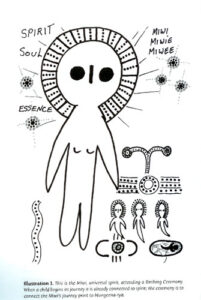
Lotus Birth
Lotus Birth is the practice of not cutting the umbilical cord immediately after the babies are born, and leaving it attached to fall off by itself.
This practice is thought to allow the baby to gently let go of his or her attachment to the mother, rather than having the cord cut instantly.
This practice highlights and calls into question the standard practice of immediate cord clamping, and the recently popularized ‘cord blood banking’ procedure.
This book by Shivam Rachana is a good resource for those interested in the practice of Lotus Birth.
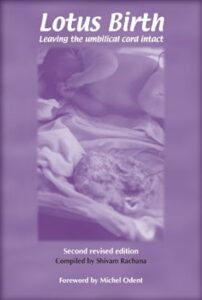
Other Cultural Practices
Here are some different traditions and rituals from other cultures for the placenta, as taken from the book Placenta - the forgotten Chakra, by Robin Lim.
- Native American Navajo tradition encourages the baby’s grandmothers to bury their newborn grandchild’s placenta and umbilical cord at a special place in the earth that represents their dreams for the child.
- The Maori call the placenta whenua, and the umbilical cord pito. They believe that when the child’s whenua and pito are buried on Marae, tribal land, the individual’s sacred link with the Earth Mother Papatuanuku is cemented.
- In Indonesia, the placenta is commonly buried or put to sea in a coconut or a clay pot. Hospitals would not dream of throwing away the placenta: It is always given to the family for disposal according to their cultural traditions.
- To protect new mothers from infection and postpartum cramping, a Costa Rican midwife may wrap the placenta in paper and bury it in a dry hole with ashes from the cooking fire.
- Mayan people’s religious tradition roots them to the earth at the moment of birth. When a Mayan child is born, the placenta is buried in the ground as a religious ritual. This place holds special meaning for the Maya; it is where the individual is symbolically “planted” in the ground to root his or her Mayan identity. In this way the person will not become individualistic or selfish, but a part of the community, of nature and of the cosmos.
- In parts of Vietnam the placenta is traditionally buried under the mother’s bed.
You can find out more about the wonderful work of Author and Midwife Robin Lim here.

Keep reading...
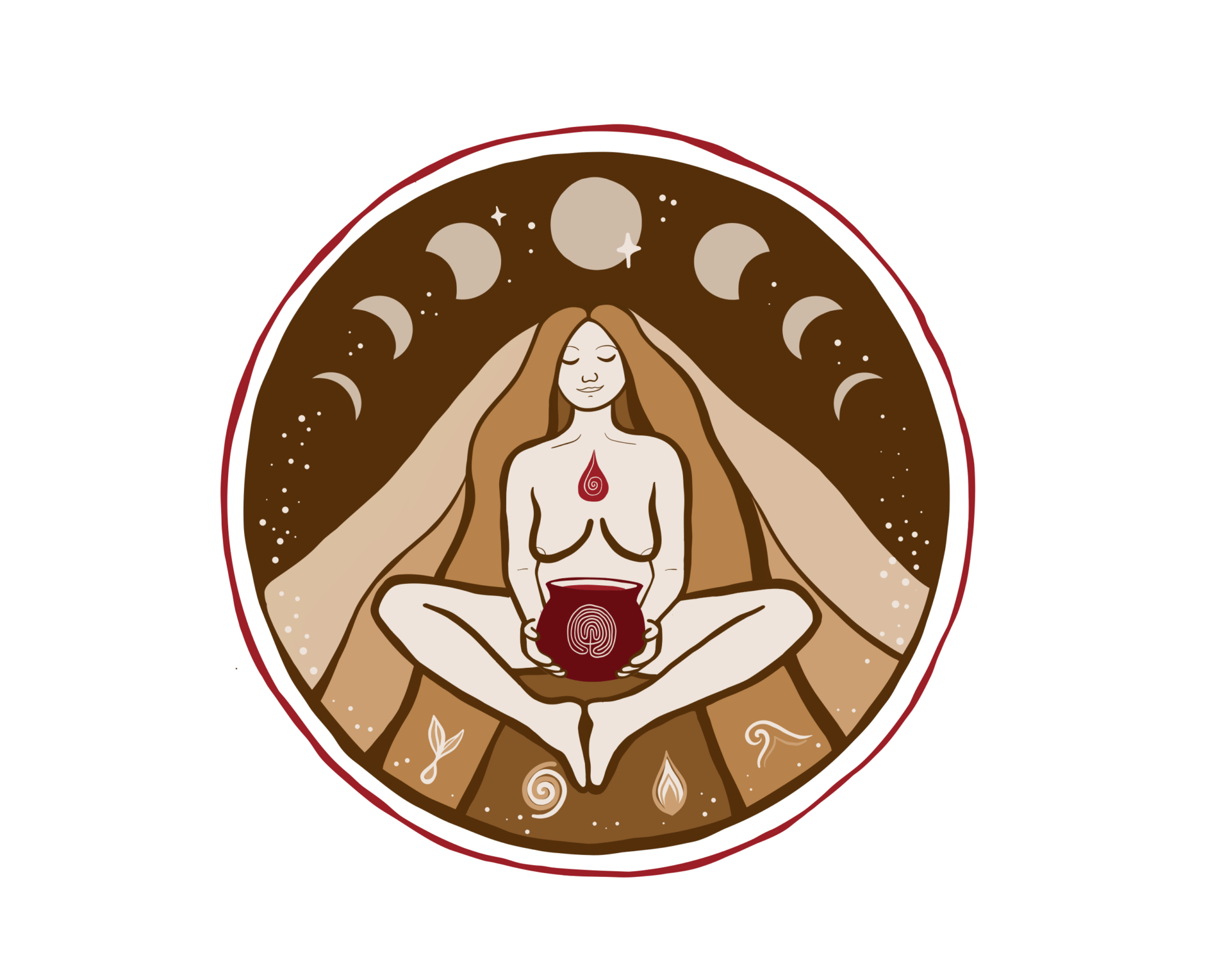
We acknowledge and give great thanks to our ancestors, guides, and teachers, and to all of the powerful women who have come before us, and are yet to come. And to Mother Earth for always holding us. Deep gratitude.
Are you ready to reconnect with your body, awaken your innate wisdom, and deepen your connection to the wisdom of the cycles? Join our sacred circle here!
Let's connect
Phone: 0403 006 723
Email: [email protected]
All Rights Reserved Sacred Feminine Collective 2025 Terms and Conditions.

